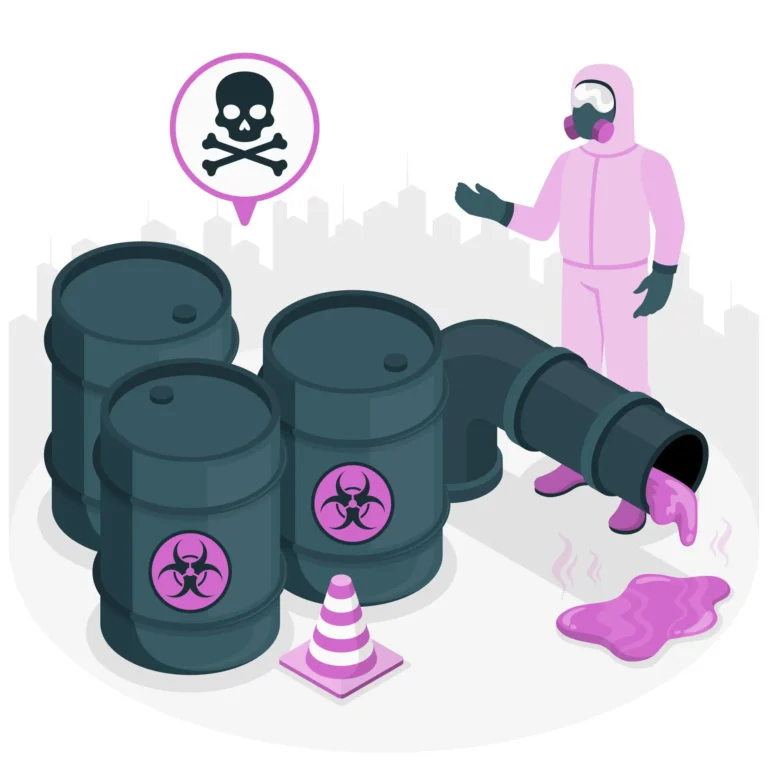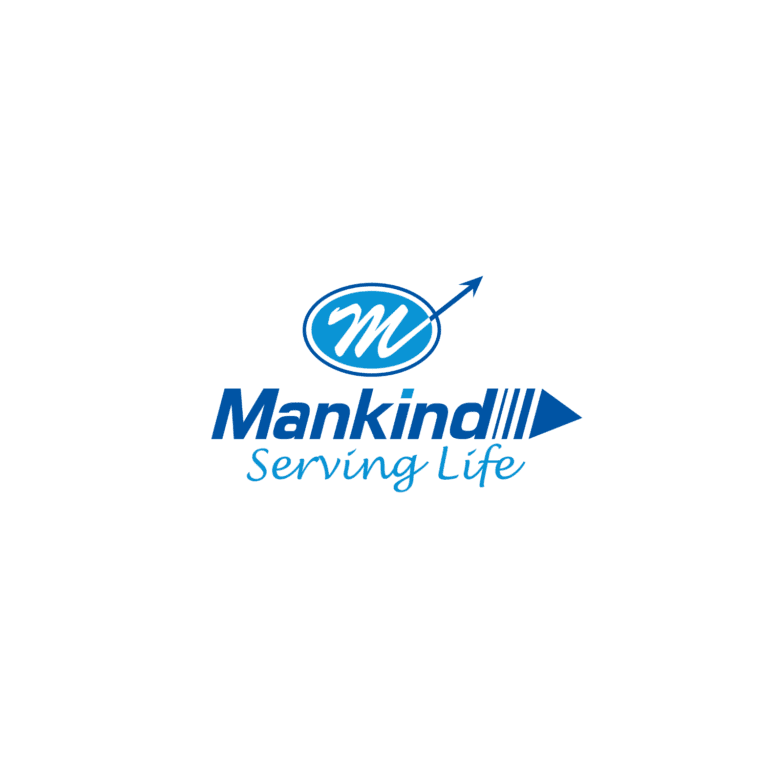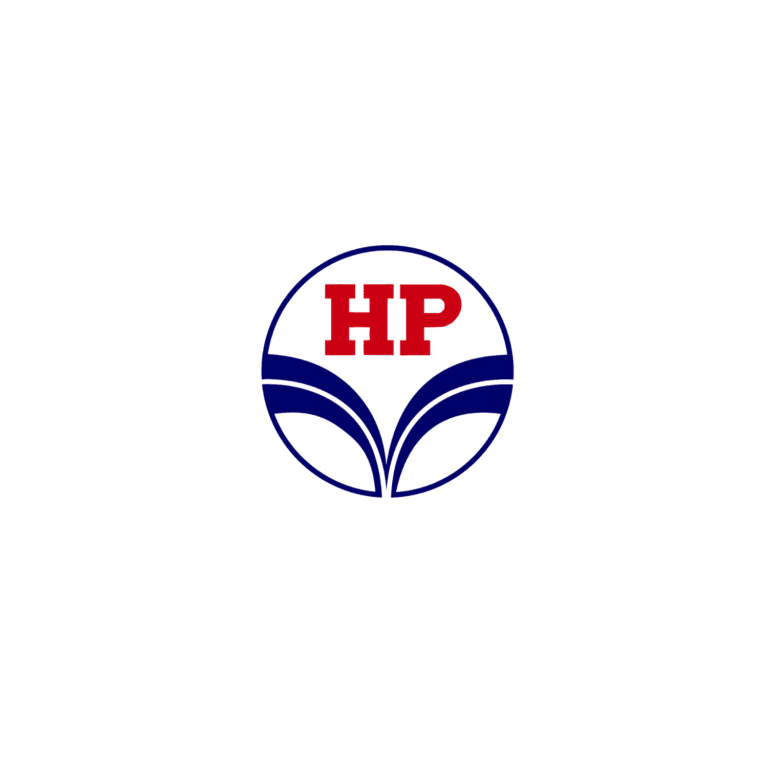-
Time to Deliver
30 days to 45 days
-
Validity of Hazardous Waste NOC
1-5 years
-
Statutory Fee
Depends upon project category & cost
Documents required for Hazardous Waste Authorisation/NOC
- Copy of Consent to Operate (Pollution NOC)
- Land papers/Land documents
- Approved Layout plan of the premises
- Details of Plant and Machinery installed at the site
- Details of Air Pollution Control Measures taken at the project site
- Details of Hazardous waste to be generated from the project
- Borewell NOC from CGWA/HWRA/UPGWD
- Authorisation letter/Board of Resolution
- Design Scheme of Air Pollution Control Devices and Hazardous Waste Management











